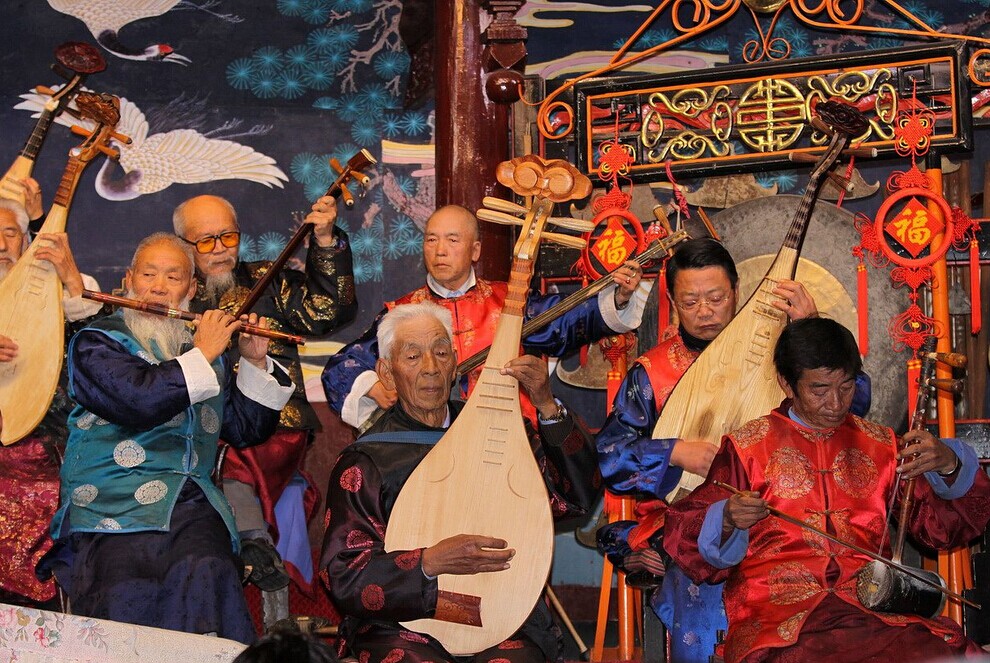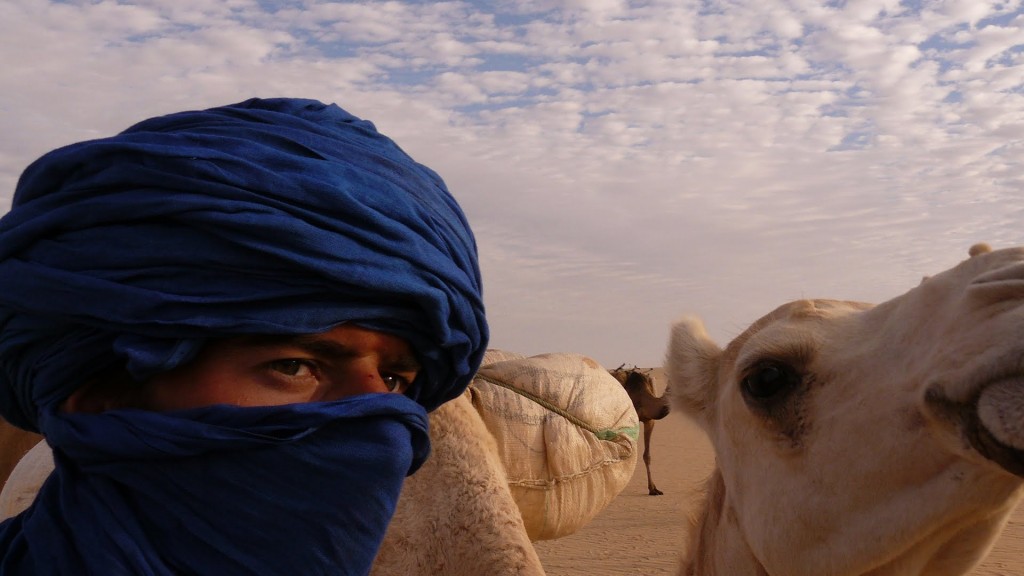The huge western Chinese province of Sichuan has its own, distinct history. It consists of a broad and fertile basin around the city of Chengdu, ringed by a sparsely populated wilderness of mountains, forests and swamps. While this was a center of ancient non-Han civilization as early as the second millennium BC, it gradually became Sinified over the centuries, and the city and fertile regions are inhabited by Han Chinese speaking a southwestern dialect of Mandarin. However, most of the province consists of rugged mountains, and these are the home of many minority groups, ethnically and linguistically not at all Chinese. Among them are the Yi, related to the Burmese, the Qiang, and the Naxi (or Nakhi). The western half of the province is culturally closer to Tibet, many of the minorities speaking dialects of Tibetan, or closely related languages. All these minorities have distinctive musical traditions, and the metropolitan musical mainstream of China has drawn from them with the same mixing and mining process that went on in the development of America’s folk music. The album I have, Sichuan Folk Song and Ballad, Volume 2 gives a good sample of this variety. Personally, the more “folky” the songs are, the more they appeal to me. I particularly like the Naxi song “This Hill is Not As High As That One”.
China’s many ethnic minorities, who comprise tens of millions of people, have been hidden from the world’s view by millennia of obsessive imperial centralism and racism. In some cases, there are cultures of a million or more people about whom one cannot find a single book in a large university library. Can you imagine what it would mean if there was not a single book in a major library devoted to Wales, or the Basques, or to Estonia? Fortunately, the musical wealth of Sichuan can give us a foot-in-the-door to celebrating a diversity that has been kept from our view by ideology and intellectual laziness.


